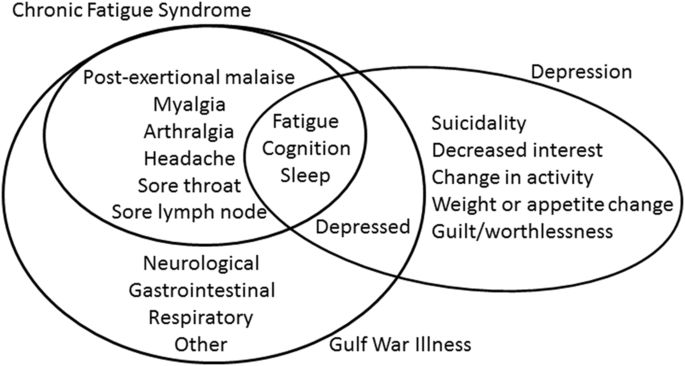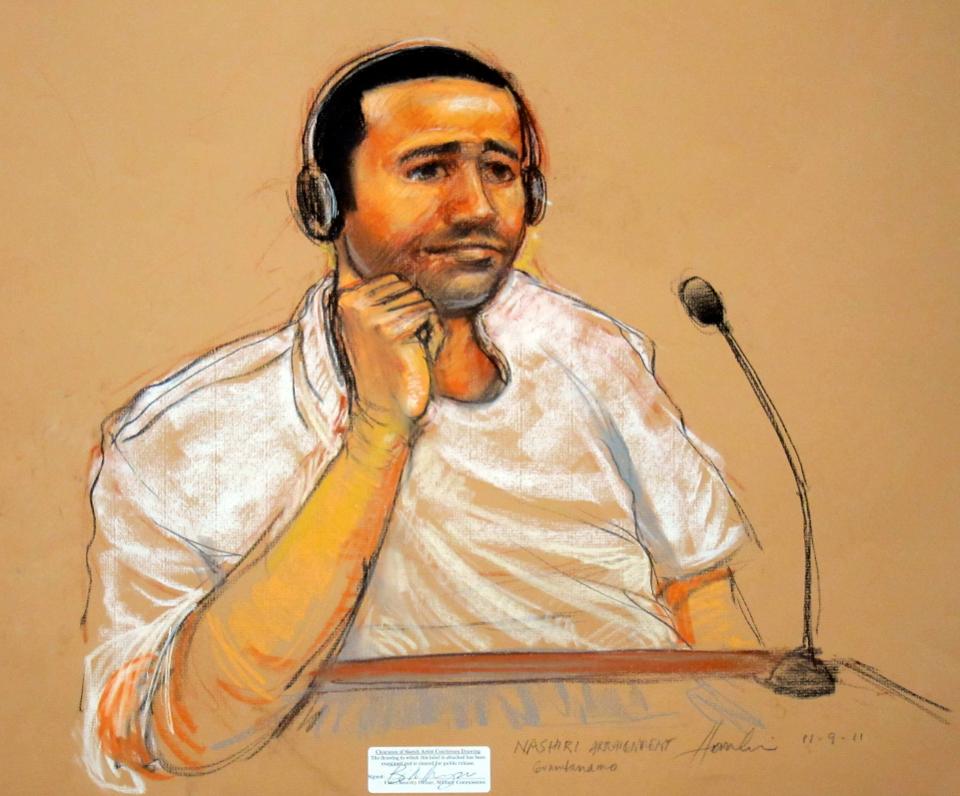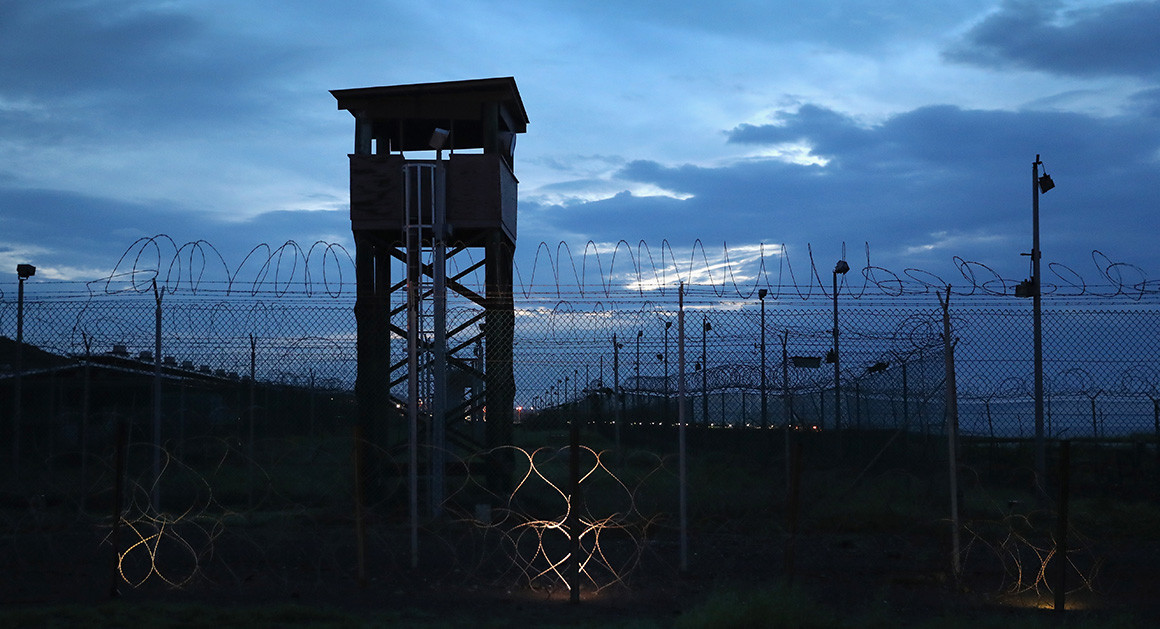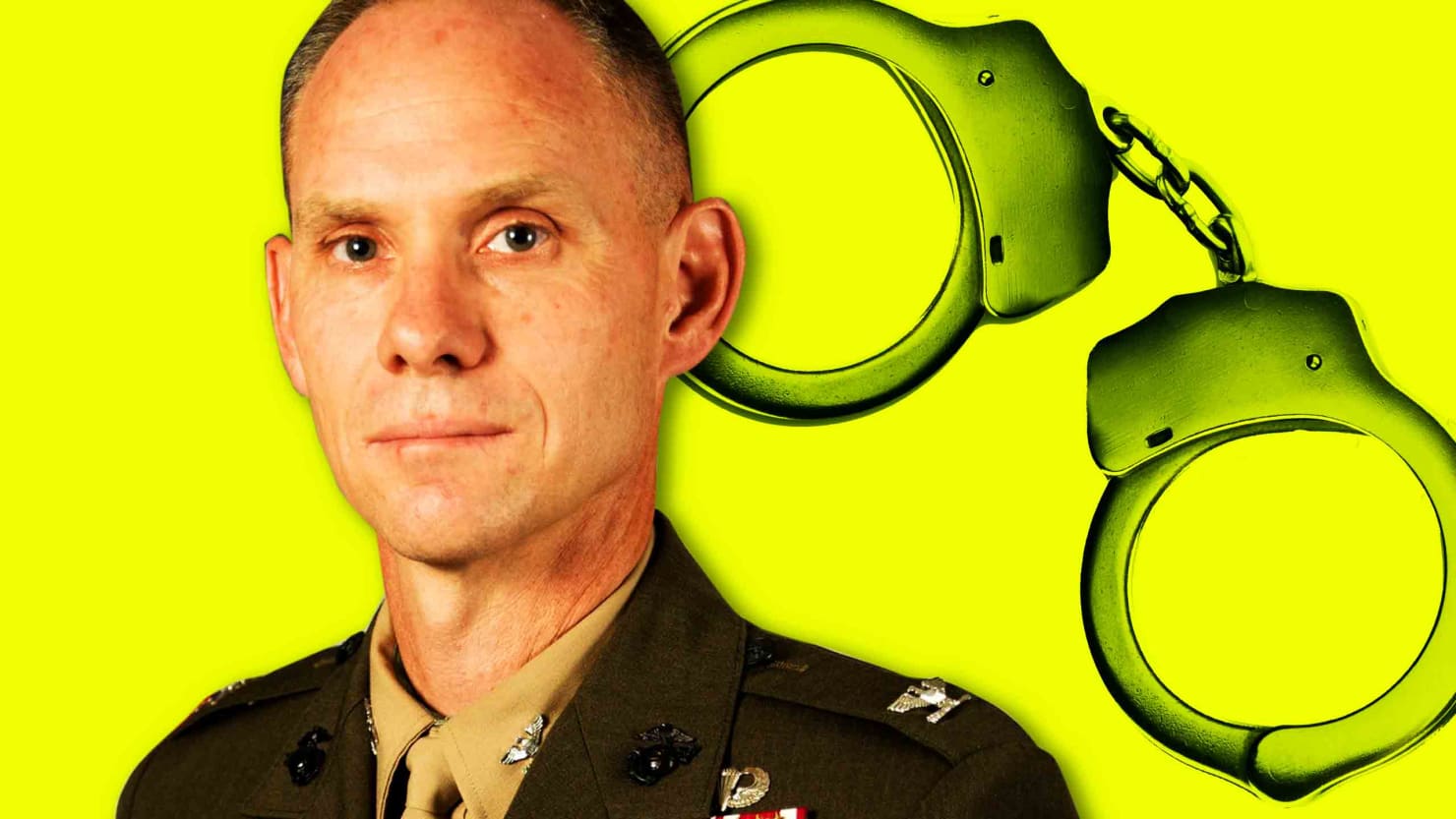The anger window is open. For decades, centuries, it was closed: Something bad happened to you, you shoved it down, you maybe told someone but probably didn’t get much satisfaction — emotional or practical — from the confession. Maybe you even got blowback. No one really cared, and certainly no one was going to do anything about it.But for the past six weeks, since reports of one movie producer’s serial predation blew a Harvey-size hole in the news cycle, there is suddenly space, air, for women to talk. To yell, in fact. To make dangerous lists and call reporters and text with their friends about everything that’s been suppressed.
This is not feminism as we’ve known it in its contemporary rebirth — packaged into think pieces or nonprofits or Eve Ensler plays or Beyoncé VMA performances. That stuff has its place and is necessary in its own way. This is different. This is ’70s-style, organic, mass, radical rage, exploding in unpredictable directions. It is loud, thanks to the human megaphone that is social media and the “whisper networks” that are now less about speaking sotto voce than about frantically typed texts and all-caps group chats.
Really powerful white men are losing jobs — that never happens. Women (and some men) are breaking their silence and telling painful and intimate stories to reporters, who in turn are putting them on the front pages of major newspapers.
Mark Turner
Red Hat IPO
I was thinking about the early days of Red Hat this weekend and the company’s IPO. That got me looking up Red Hat’s S-1 statement which was filed for their IPO. Two things made me laugh:
1. Red Hat all of 125 employees when it went public, and
2. Red Hat actually told investors it was banking on ad revenue from its website!
OUR STRATEGY
We seek to enhance our position as a leading provider of open source software and services by:
– continuing to enhance our Web site to create the definitive online destination for the open source community; [Emphasis mine]
– expanding our professional services capabilities to capture large corporate business on an enterprise basis;
– increasing market acceptance of open source software, particularly through technology alliances and sharing our development efforts and resources with third-party developers;
– continuing to invest in the development of open source technology; and
– enhancing the Red Hat brand through targeted advertising and public relations campaigns.
What makes this even funnier is that the S-1 also lists Google as a Red Hat customer:
Hmm, where do you think all of that web advertising revenue went?
The company is quite different today than the company that went public in 1999, which seems to have been more smoke and mirrors. I’m glad they finally figured it out because it’s good to still have them around!
Exercise – induced changes in cerebrospinal fluid miRNAs in Gulf War Illness, Chronic Fatigue Syndrome and sedentary control subjects | Scientific Reports
I got an email yesterday from Dr. James Baraniuk, the researcher who ran the Gulf War Illness research study I participated in back in October 2016. His paper has just been published in the peer-reviewed journal Nature.
It’s interesting research, showing brain differences between GWI and CFS patients. Will it prove useful to me? Probably not. In all honesty, I have not had as many episodes of fatigue since I participated the study, in part due to my taking up running, I believe. I still have occasional cognitive issues (which really piss me off when they happen) but energy hasn’t been too big of a problem. That 65 mile bike ride I did with Travis and Kelly absolutely did wreck me the next day (or two), but I suppose it would do that for anyone else who hadn’t properly trained for it.
I’ve always said that the cognitive issues were the biggest issue for me. I wish I had the memory and mental clarity I had in my twenties. As they say, youth is wasted on the young!
Gulf War Illness (GWI) and Chronic Fatigue Syndrome (CFS) have similar profiles of pain, fatigue, cognitive dysfunction and exertional exhaustion. Post-exertional malaise suggests exercise alters central nervous system functions. Lumbar punctures were performed in GWI, CFS and control subjects after (i) overnight rest (nonexercise) or (ii) submaximal bicycle exercise. Exercise induced postural tachycardia in one third of GWI subjects (Stress Test Activated Reversible Tachycardia, START). The remainder were Stress Test Originated Phantom Perception (STOPP) subjects. MicroRNAs (miRNA) in cerebrospinal fluid were amplified by quantitative PCR. Levels were equivalent between nonexercise GWI (n?=?22), CFS (n?=?43) and control (n?=?22) groups. After exercise, START (n?=?22) had significantly lower miR-22-3p than control (n?=?15) and STOPP (n?=?42), but higher miR-9-3p than STOPP. All post-exercise groups had significantly reduced miR-328 and miR-608 compared to nonexercise groups; these may be markers of exercise effects on the brain. Six miRNAs were significantly elevated and 12 diminished in post-exercise START, STOPP and control compared to nonexercise groups. CFS had 12 diminished miRNAs after exercise. Despite symptom overlap of CFS, GWI and other illnesses in their differential diagnosis, exercise-induced miRNA patterns in cerebrospinal fluid indicated distinct mechanisms for post-exertional malaise in CFS and START and STOPP phenotypes of GWI.
Semper Fidelis: Guantanamo and The Ethical Dilemma of Gen. John Baker
A law professor sorts out the issues in the Gen. Baker case at GITMO.
On November 1, at Guantanamo Bay, an Air Force colonel sentenced a Marine general to 21 days confinement and $1000 fine. Both the colonel and the general are jurists with different roles in the trial of a suspected al-Qaeda mass murderer. Which of the two senior officers is in the right? That’s what this column will endeavor to elucidate.
Source: Semper Fidelis: Guantanamo and The Ethical Dilemma of Gen. John Baker
Pentagon official releases Marine general confined in Guantanamo dispute – POLITICO
A Pentagon official ordered the release Friday of a Marine Corps general who was sentenced to 21 days confinement to quarters in connection with a dispute over defense attorneys at the Guantánamo Bay military tribunals.
A Defense Department lawyer who heads up the military commissions, Harvey Rishikof, agreed to a “deferral” of the punishment imposed on Brig. Gen. John Baker by a military judge Wednesday afternoon, according to a court filing.
An attorney for Baker confirmed he was advised that he is no longer confined to his quarters at Guantánamo.”I have spoken with him and he has been told he is free to go,” Baker’s lawyer Barry Pollack told POLITICO.
Friday’s move came about an hour before a federal judge in Washington convened a hearing on a habeas corpus petition seeking Baker’s immediate release.
Source: Pentagon official releases Marine general confined in Guantanamo dispute – POLITICO
Gitmo Judge Convicts U.S. General—Because He Stood Up for Detainee Rights
What is going on at GITMO? Recording attorney-client conversations? Jailing generals who disagree?
The U.S. Government has in their custody a bad, bad man and the military is doing its damnedest to screw up his trial. The attorneys were right to quit and Judge Spath needs to back the f up.
The Guantanamo Bay military tribunals on Wednesday won their first conviction without a plea deal since 2008. Only it wasn’t a terrorist who was convicted – it was a one-star Marine general sticking up for the rights of the accused to have a fair trial.
In defending the principle that attorneys ought to be able to defend their clients free from government surveillance, Brigadier General John Baker was ruled in contempt of court and sentenced to 21 days in confinement. He also must pay a $1000 fine.
Baker is a senior officer within in the highly controversial military commissions process: the Chief of Defense Counsel. Maj. Ben Sakrisson, the Pentagon spokesman for detentions, confirmed that Baker is being confined in his quarters – at Guantanamo Bay.
“The military commissions are willing to put people in jail for defending the rule of law,” Jay Connell, who represents another Guantanamo detainee facing a military commission, told The Daily Beast. “If they’re willing to put a Marine general in jail for standing up for a client’s rights, they’re willing to do just anything.”
Source: Gitmo Judge Convicts U.S. General—Because He Stood Up for Detainee Rights
‘The strangest supernova we’ve ever seen’: A star that keeps exploding — and surviving – The Washington Post
An astonishing astronomical event is taking place. We are constantly shown that we have only the slightest idea of how the universe really works.
Some 500 million light-years away, in a galaxy so distant it looks like little more than a smudge, a star exploded five times over the course of nearly two years, spewing the contents of 50 Jupiters and emitting as much energy as 10 quintillion suns.
This isn’t even the first time this star has gone supernova: Astronomers believe this same body was seen exploding 60 years ago.
Somehow, this “zombie” star has managed to survive one of the most powerful, destructive events known to science — multiple times. It should make us question, researchers wrote Wednesday in the journal Nature, how much we really know about supernovas.
Bonus link to ARS Technica article with juicy astronomy details on this event.
Critiquing Raleigh’s new logo
Yesterday, the City of Raleigh approved its very first logo after working on it with a design firm for a year. Initially I was not so sure about the design since it appeared to be very antiseptic. As I’ve studied it more it’s grown (so to speak) on me a bit.
My comments is that the tree resembles the hated Bradford Pear rather than an oak that is part of our “City of Oaks” nickname. Nothing says quality like a smelly, brittle tree that collapses with the slightest breeze! The logo is also a bit more angular than I would prefer. Too many sharp edges, like a pile of green razor blades.
But you know what? My opinion doesn’t really matter. I wasn’t involved in the process, I’m not a design professional, and I don’t have a vote at the table. No one logo is going to please everyone and I applaud the Council for bravely making the change. I would consider anything an improvement over using the Raleigh City Seal on everything as the seal was never meant to be used as a logo. Any logo is better than no logo at all (i.e, the seal), so I’m happy that Raleigh has something it can now use. If the Council decides in 10 or 15 years that it is ready for something new, it will at least have something to build on.
I can live with it. Not bad for a first try.
Now if Raleigh can refresh its flag…
Blogging tugs at me again
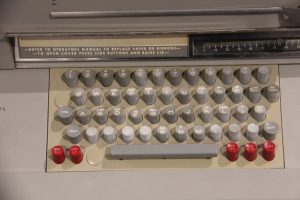 As I scrolled through Facebook today, I noticed the location on a friend’s post was listed as Hayes, NC. It turns out that Hayes does not exist as a municipality but still appears on maps as it was once a stop on the railroad. That reminded me of the old “Neuse Station” depot that I used to live near and how it, too, shows up in maps as Neuse, NC though there’s nothing really there. I then did a search of my blog for posts including “depot” and turned up a great one I wrote in 2005 when I researched Neuse Station:
As I scrolled through Facebook today, I noticed the location on a friend’s post was listed as Hayes, NC. It turns out that Hayes does not exist as a municipality but still appears on maps as it was once a stop on the railroad. That reminded me of the old “Neuse Station” depot that I used to live near and how it, too, shows up in maps as Neuse, NC though there’s nothing really there. I then did a search of my blog for posts including “depot” and turned up a great one I wrote in 2005 when I researched Neuse Station:
It was a day spent working in my yard which ignited my current interest. I took a break from digging a trench to climb up the hill near the tracks. On my way up, I spotted the stump of a sawed-off telephone pole. Nearby was a glass insulator, which led me to discover a long length of telegraph wire.
Curiosity got to me. How old was that wire?
I started putting a picture together from the resources on the Internet. These tracks behind our house are the oldest railroad tracks in North Carolina. They belonged to the Raleigh and Gaston Railroad, which was commissioned in 1834 to build a line from Raleigh to Gaston, where other lines led to Petersburg and Norfolk.
Work was slow and sloppy, but progress was eventually made. The first stop northward was a station called Huntsville. Later this stop became known as Neuse Station. Neuse was located right outside my neighborhood. That makes this spot near my neighborhood the second-oldest depot in the state.
Most Campaign Outreach Has No Effect on Voters – The Atlantic
$6.4 billion. That’s how much candidates, political parties, and interest groups spent on federal elections in 2016, according to the Open Secrets project at the Center for Responsive Politics. Especially in competitive races, huge amounts of money are invested in reaching voters through ads, phone banks, direct mail, and canvassing. Ostensibly, the goal is to persuade people to vote for a particular candidate.
A new paper by two California political scientists finds that the total effect of these efforts is zero, meaning that they have no impact on how voters vote. David Broockman, a Stanford University assistant professor, and Joshua Kalla, a doctoral student at the University of California, Berkeley, analyzed data from 49 field experiments—state, local, and federal campaigns that let political scientists access their data to evaluate their methods. For every flyer stuck in a mailbox, every door knocked by an earnest volunteer, and every candidate message left on an answering machine, there was no measurable change in voting outcomes. Even early outreach efforts, which are somewhat more successful at persuading voters, tend to fade from memory by Election Day. Broockman and Kalla also estimated that the effect of television and online ads is zero, although only a small portion of their data speaks directly to that point.
Source: Most Campaign Outreach Has No Effect on Voters – The Atlantic



